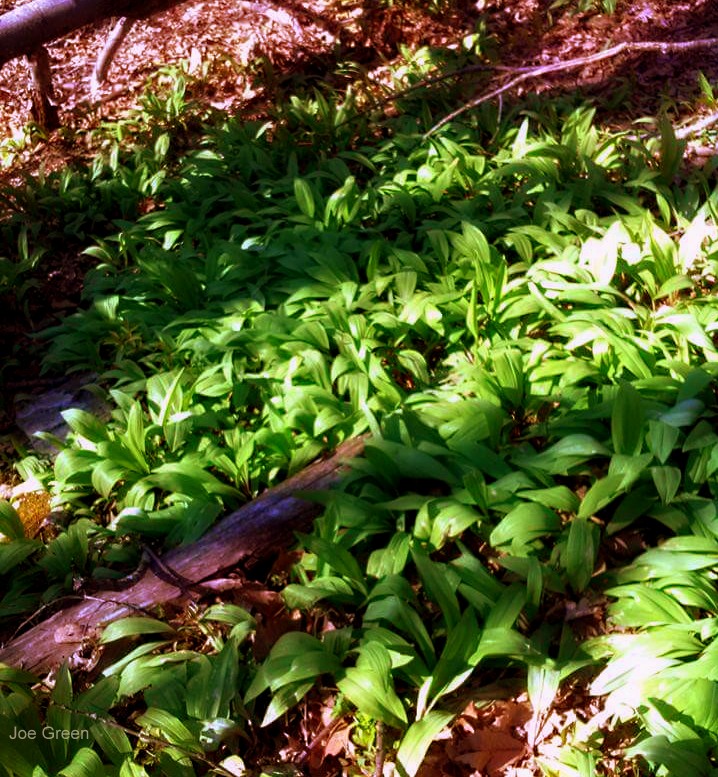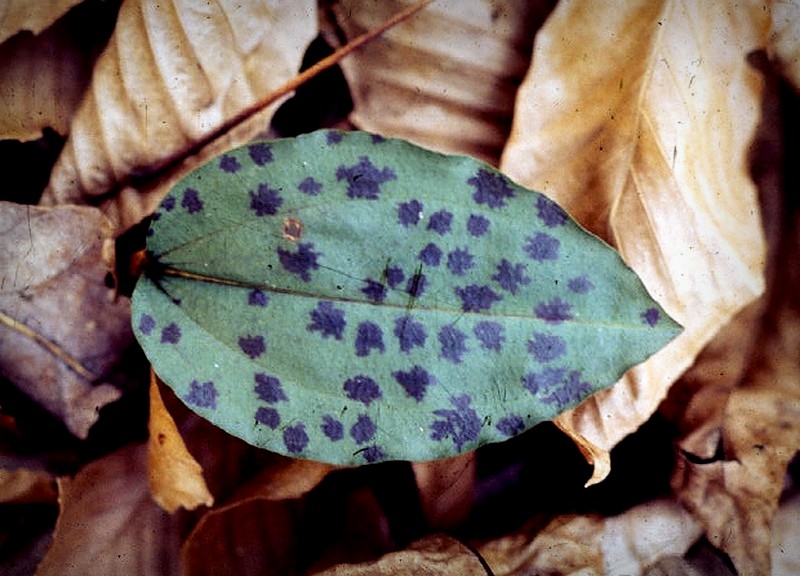Due to an observed decline in their population, ramps may no longer be harvested on properties managed by the National Park Service in southern and south-central West Virginia.
Harvesting will no longer be allowed within New River Gorge National Park and Preserve, the Gauley River National Recreation Area, or the Bluestone National Scenic River, effective January 1, 2022.
According to Eve West, the park's Chief of Interpretation, Visitor Services, & Cultural Resources, during recent surveys, park biologists were not able to find evidence of several historic ramp populations in the New River Gorge, and additional sites were overwhelmingly small.
Based upon their data, biologists have concluded that the population is too small to support harvesting and that continued collection would jeopardize the species, West said.
Restrictions on collecting will continue until data analysis indicates harvesting can occur while maintaining a viable plant population within the three national parks.
Ramps are a spring ephemeral onion native to rich, deciduous forests in eastern and Great Lakes states.
Ramp harvesting has been permitted in the parks through the Superintendent’s Compendium, which allows:
“…for personal use or consumption upon a written determination that the gathering or consumption will not adversely affect park wildlife, the reproductive potential of a plant species, or otherwise adversely affect park resources.”
Ramp harvesting traditionally entails the collection of the entire plant and the park cannot reasonably determine that harvesting the plant does not have adverse effects upon its population.
In addition to implementing these changes, park biologists will also investigate the feasibility of restoring historic ramp populations through reintroduction. Additional surveys, monitoring of plant populations, and research into leaf-only harvesting within designated areas will also continue.
The park service is mandated to protect and conserve national parks for future generations. In southern West Virginia, the agency protects 88.5 miles of river and accompanying lands within three national parks.
For more information, visit nps.gov/neri, nps.gov/gari, and nps.gov/blue.
Sign up to receive a FREE copy of West Virginia Explorer Magazine in your email weekly. Sign me up!


